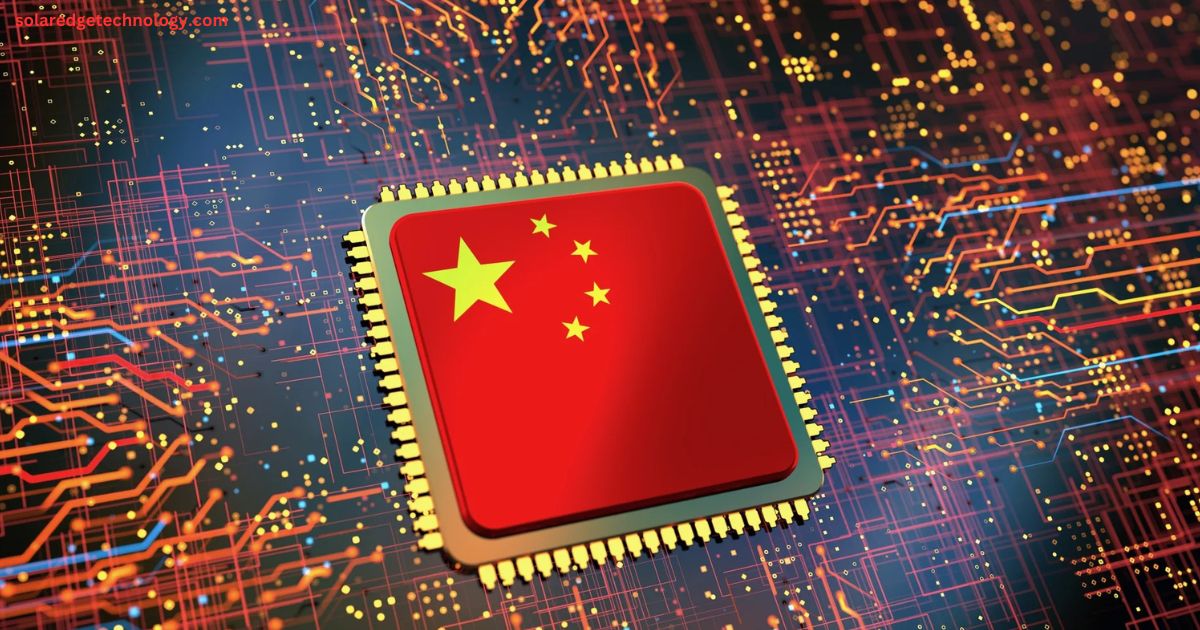China has become a global leader in technology integration, setting an example for countries worldwide. With its robust infrastructure, government support, and a tech-savvy population, the country has managed to integrate technology into virtually every aspect of daily life. In this article, we explore China technology integration insights, focusing on its advantages, key takeaways, and how this impacts the global landscape.
China’s journey toward becoming a technological powerhouse has been rapid and innovative. By harnessing the potential of emerging technologies like AI, IoT, 5G, and renewable energy, China has not only modernized its economy but also revolutionized global technology standards. This article provides a deep dive into China technology integration insights, offering valuable information for businesses, policymakers, and technology enthusiasts.
Overview of Technology Integration in China
The Rise of Technological Advancements
China’s emphasis on technology began in the early 2000s when the government introduced policies encouraging innovation and R&D investments. Fast forward to today, and China is home to tech giants like Alibaba, Tencent, and Huawei, driving innovation on a global scale.
Government’s Role
The Chinese government has been instrumental in fostering technology integration. By creating smart cities, improving digital infrastructure, and supporting AI-driven industries, the government has paved the way for seamless tech adoption across sectors.
Consumer Adoption
China’s population has embraced technology with open arms. With over 1.4 billion people, China boasts the highest number of internet users globally, making it a fertile ground for tech experiments and integration.
Advantages of China’s Approach
1. Scalability
China’s large population enables rapid scalability for technological solutions. Innovations tested in urban centers like Beijing or Shanghai can quickly be expanded nationwide.
2. Economic Growth
Technology integration has contributed significantly to GDP growth. For instance, the digital economy accounted for over 38% of China’s GDP in 2022.
3. Improved Efficiency
From manufacturing to healthcare, technology has streamlined operations, reducing costs and improving service delivery.
4. Global Influence
By exporting technological solutions, China has positioned itself as a leader in global tech markets, influencing industries in Asia, Africa, and beyond.
5. Sustainability
China’s focus on renewable energy and green technologies demonstrates how technology integration can align with environmental goals.
Key Sectors Leading the Way
1. E-Commerce
China’s e-commerce market, led by platforms like Alibaba and JD.com, is the largest in the world. Seamless payment systems like Alipay and WeChat Pay have revolutionized online shopping.
2. Artificial Intelligence (AI)
AI is at the core of many Chinese industries. From autonomous vehicles to smart city applications, AI has transformed operations and services.
3. 5G Technology
China has the largest 5G network globally, enabling faster internet speeds and powering advancements in IoT, healthcare, and education.
4. Smart Cities
Cities like Shenzhen and Hangzhou are prime examples of smart city initiatives, integrating IoT devices for traffic management, public safety, and energy efficiency.
5. Healthcare
Telemedicine, AI-driven diagnostics, and wearable tech have revolutionized healthcare delivery in China.
Comparison: China vs. Other Countries
| Aspect | China | USA | Europe |
|---|---|---|---|
| 5G Adoption | Largest network globally | Limited rollout | Moderate adoption |
| AI Implementation | Government-supported projects | Private-sector driven | Academic and private mix |
| E-Commerce | Dominates global market | Second-largest market | Fragmented market |
| Smart Cities | Leading globally | Limited examples | Growing initiatives |
| Policy Support | Strong government backing | Market-driven policies | Collaborative policies |
Challenges in China’s Technology Integration
1. Data Privacy
The extensive use of technology raises concerns about data security and privacy for citizens.
2. Urban-Rural Divide
While urban areas thrive with technological advancements, rural areas often lag in access and adoption.
3. Dependency on Imports
Despite significant advancements, China still relies on importing key technologies like semiconductors.
4. Regulatory Barriers
Stringent regulations can sometimes stifle innovation and limit international collaboration.
Strategies Behind China’s Success
1. Government Policies
Initiatives like “Made in China 2025” have prioritized innovation and domestic manufacturing.
2. Public-Private Partnerships
Collaboration between government bodies and private companies has fostered innovation and market growth.
3. Focus on Education
China invests heavily in STEM education, producing a large pool of tech-savvy professionals.
4. Investment in R&D
With billions of dollars allocated to research and development, China continues to lead in tech innovation.
Future Trends and Predictions
- AI Expansion: AI applications will further penetrate industries like retail, logistics, and education.
- Sustainability Focus: Green technologies and renewable energy will remain a priority.
- Global Collaboration: China will continue to export its technological solutions and collaborate internationally.
- Quantum Computing: Advances in quantum computing will open new frontiers in technology.
FAQs
1. Why is China’s technology integration significant?
China’s integration of technology into various sectors has set a benchmark for innovation, scalability, and economic growth.
2. What are the key challenges?
Key challenges include data privacy concerns, urban-rural disparities, and dependency on imports for key technologies.
3. How does China’s government support technology?
The government provides strong policy support, investments in R&D, and fosters public-private partnerships to drive innovation.
4. What industries benefit the most from technology integration in China?
Industries like e-commerce, healthcare, AI, and smart cities have benefited significantly.
5. How does China compare to other countries in technology integration?
China leads in areas like 5G adoption and smart city development but faces competition in sectors like AI and semiconductors.
Conclusion
China’s approach to technology integration offers valuable insights for the global community. By leveraging government support, fostering innovation, and focusing on scalability, China has emerged as a global tech leader. The insights provided in this article highlight the importance of strategic planning, investment in R&D, and consumer adoption for successful technology integration. As China continues to innovate, the world will undoubtedly look to it for inspiration in shaping the future of technology.
